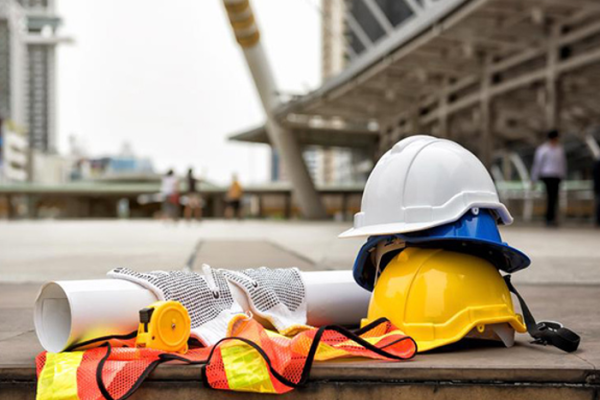Floor slip resistance testing is essential to identify, measure, and mitigate risks associated with slippery floors. It is usually done by measuring the coefficient of friction (or resistance to slip accidents) by professionals. According to the approved standards, professionals can either choose to test the floors on-site or in a laboratory. Generally, this test is preferred before installing floors or on a site where the rate of slip and fall accidents is high.
Overall, this valuable procedure can save you from personal injury legal claims arising out of slip and fall accidents. However, it is important to note that this testing is highly technical and requires professional attention. Moreover, the risk remains the same if you don’t follow the authorized testing norms. Therefore, this guide touches on 4 different floor slip resistance testing methods.
What Is Floor Slip Resistance Testing?
Floor Slip Resistance Testing or floor friction testing measures the slip resistance coefficient of various flooring surfaces, either in the laboratory or on-site. This test is an integral part of various risk management programs and ensures flooring complies with the prescribed standards, such as:
AS 4663-2013: Slip resistance measurement of existing pedestrian surfaces.
AS 4586-2013: Slip resistance classification of new pedestrian surface materials.
National Construction Code (NCC): Slip Resistance Guidelines Pedestrian Surfaces
The testing measures the risk of flooring in various conditions like dry, wet, and oily. Here are the top 4 methods of floor slip resistance testing.
Wet Pendulum Slip Resistance Test
It is the only on-site wet floor testing method prescribed by Australian standards. It tests the resistance to slip accidents when the floor is wet. Experts rely on a Wessex or Munro – Stanley London Pendulum Friction Tester to test the wet surface.
The procedure involves spraying the floor with water, followed by the use of the Wet Pendulum to measure the coefficient of friction. The portable testing device has a rubber slider attached to the bottom of a metal foot. The test slider swings downs and slides across the wetted surface over a set distance. The resistance between the wetted floor and rubber slider becomes the final result for reference.
Dry Friction Slip Resistance Test
As the name suggests, this test is designed to measure flooring surfaces that are unlikely to become wet. It includes floors inside shopping malls and offices. However, this test insists on testing the slip resistance when the floor is dirty and dusty. The process of testing is similar to wet pendulum testing except for the condition of the floor. This procedure uses an instrument called a Tortus Floor Friction Tester to measure the friction between the floor and the rubber slider.
Wet Barefoot Inclining Platform Test
The Wet Barefoot Test (AS 4586 Appendix C) measures slip resistance of wet barefoot areas such as shower rooms, change rooms, and pool surrounds. Usually, this test is performed in the laboratory on a man-made ramp large enough for a person to walk barefoot. Further, based on the results, the floor gets a classification, which ranges from no classification (Most slippery surface) to A, B, and C ( most slip resistant).
Oil Wet Ramp Slip Resistance Test
The Oil Wet Inclining Platform Test (AS 4586 Appendix D) measures the slip resistance coefficient of flooring surfaces subject to heavy soiling/contamination-like industries. For various reasons and surfaces, it is better than a wet pendulum test. It also uses a calibration platform or ramp large enough for a person to walk. Further, some amount of motor oil is placed on the surface before making a professional tester walk on this.
Based on the results, the floor gets a classification, which ranges from no classification (Most slippery surface) to R9, R10, R11, R12, and R13 (most slip resistant).
Conclusion
Floor slip resistance testing is not only imperative to comply with Floor safety management obligations but also an integral part of good business practice. Still, many industries, homeowners, and businesses overlook the importance of floor testing. This could be due to a lack of awareness or unwillingness. This guide comes in handy for such people.
As evident, the procedure is relatively straightforward. However, to get accurate results, always rely on NATA-accredited professionals. Read reviews and check for referrals to select the best flooring expert near you.





